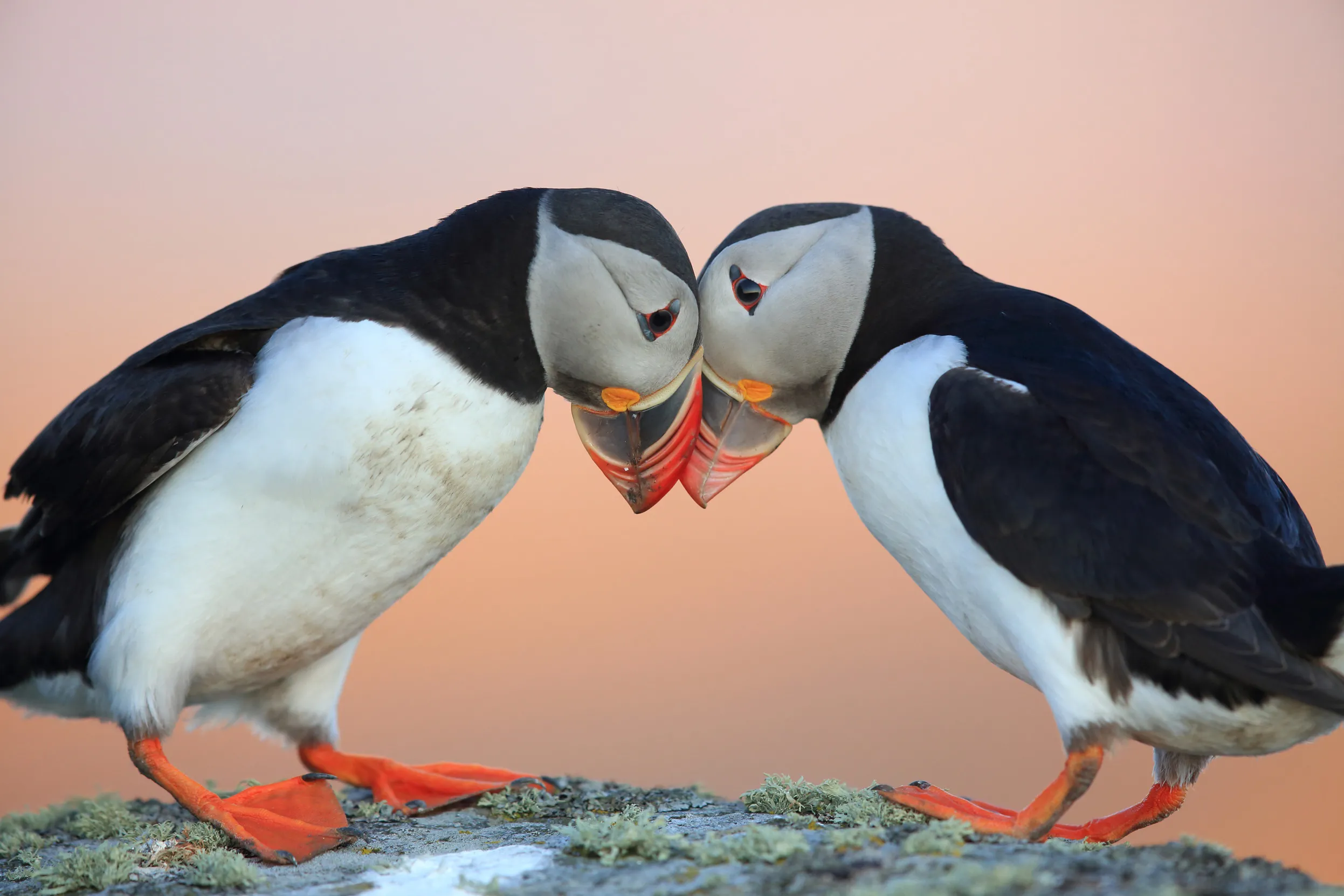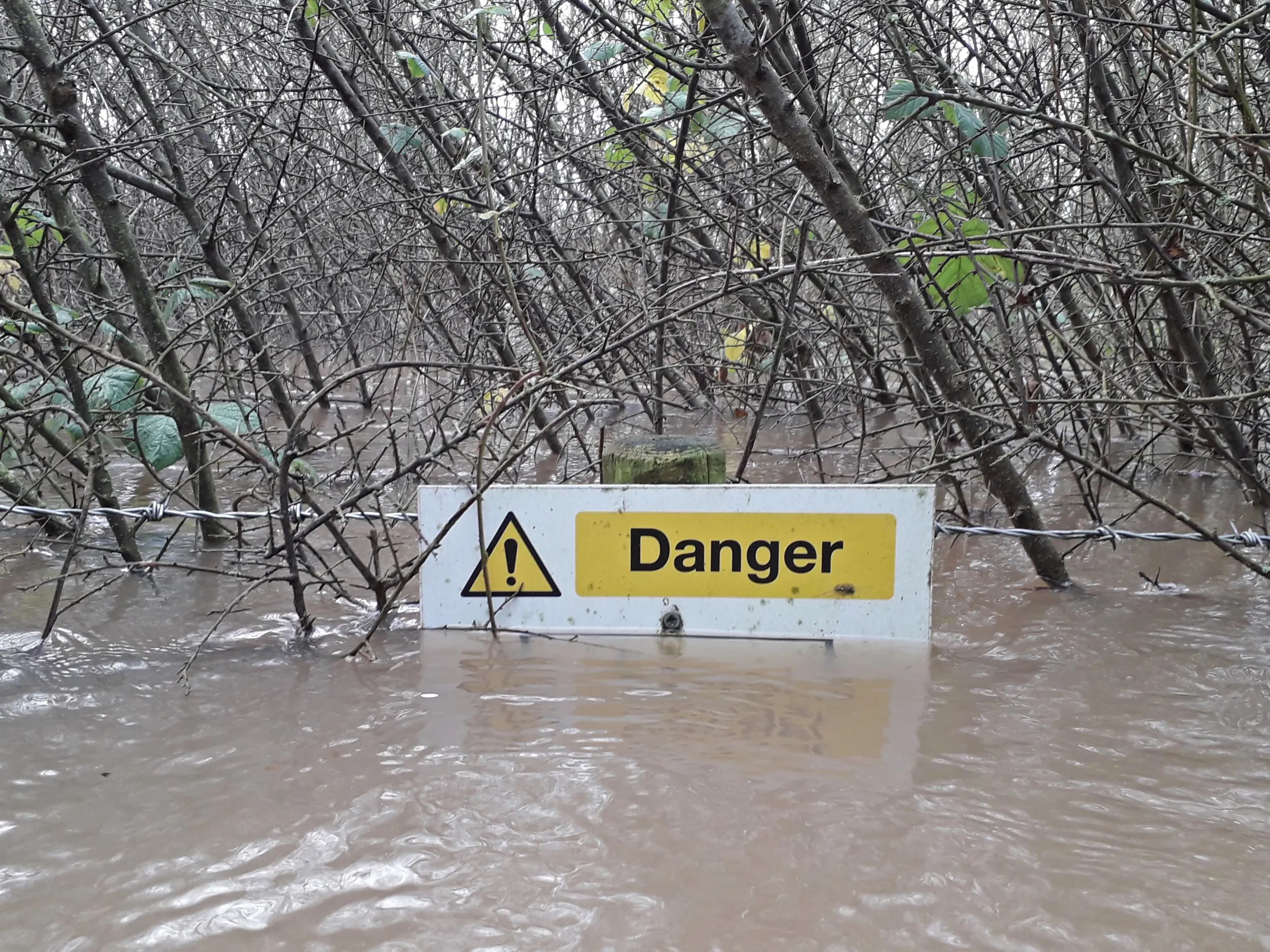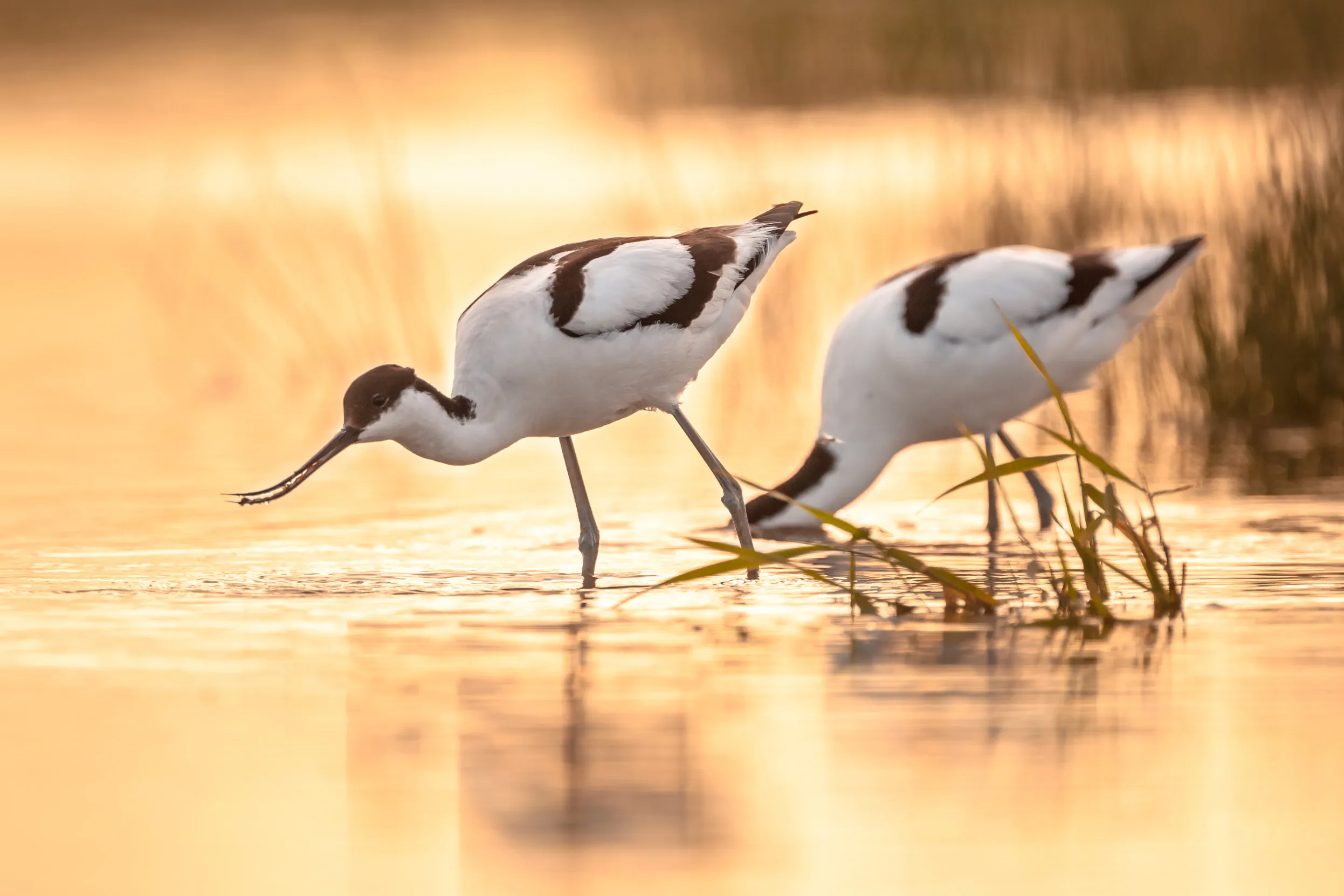News
Celebrate National Tree Week with a look at three remarkable woodland birds
Meet the UK’s mightiest finch, our smallest woodpecker and a beak-snapping flycatcher.
What does COP mean, why are there more than one, and why do they matter for the climate and wildlife?

There are different global conferences that we call ‘COP’ (because their full titles aren’t too catchy). Put simply, no matter what number follows ‘COP’, it’s a meeting that leaders, negotiators, scientists and NGOs attend to discuss the future of all life on earth… but let’s break that down a bit.
Also known as: Conference of the Parties to the United Nations Convention on Biological Diversity. (You’ll notice we use ‘CBD’ to differentiate between the two COPs).
What will COP16 be about? COP16 will be focused on the biodiversity crisis and how we can reverse the loss of nature. This is the first CBD meeting held since the Kunming-Montreal Global Biodiversity Framework (wait for it – we’ll explain more below) was adopted in 2022. At COP16, governments will take a look at how that’s been going, and what further action is needed to ramp up progress to meet our global nature goals.
When is CBD COP16? 21 October – 1 November 2024.
Where will CBD COP16 being held? Cali, Colombia
The RSPB at COP16 why we’re calling for action for nature now.
Also known as: Conference of the Parties to the United Nations Framework Convention on Climate Change. (See what we mean? Not too catchy).
What will COP29 be about? This meeting is all about climate change and will be the 29th summit. The talks will focus on tackling the climate crisis and addressing its impacts. This year, there will be a focus on how countries will pay for their plans.
When is COP29? 11-22 November 2024.
Where is COP29 being held? Baku, Azerbaijan

Even though these COPs have separate focuses, the climate and nature crises can’t be separated:

With nature’s help, we can tackle the climate crisis. Going forward, if we protect and restore it, nature will be an important ally. The science is clear: we need to successfully protect wildlife to tackle the climate crisis, and vice versa.
After many long negotiations at COP15, delegates from around the world came together and adopted a global plan for nature’s recovery, known as the Kunming-Montreal Global Biodiversity Framework. It includes promises to reduce extinction risks by 2030, to protect and manage 30% of land and seas for nature by 2030, and to increase funding for biodiversity.
The landmark framework is a solid basis for action, and if it is implemented effectively globally, it could genuinely turn the tide of nature loss.
At COP16, we need to see:
A showcase of on-the-ground work from different countries that demonstrate their promises being put into action, alongside commitments to go further and faster.
Delegates working together to make progress on financing commitments and monitoring plans to support implementation - only a third of countries have submitted their national targets so far, with even fewer sharing detailed plans.
Leadership from the UK, which should include sending a senior delegation, and committing to urgently put forward the details of the UK’s national plan
At COP29, we will need urgent action. We are calling on our leaders to:
Secure agreements to tackle the nature and climate crises together – both internationally and domestically as countries implement their national plans.
Reflect in the climate agreement the outcomes of decisions on nature that are taken at CBD COP16 – happening directly beforehand.
Support nature-based solutions to climate change but limit the use of bioenergy which is damaging to wildlife and climate.